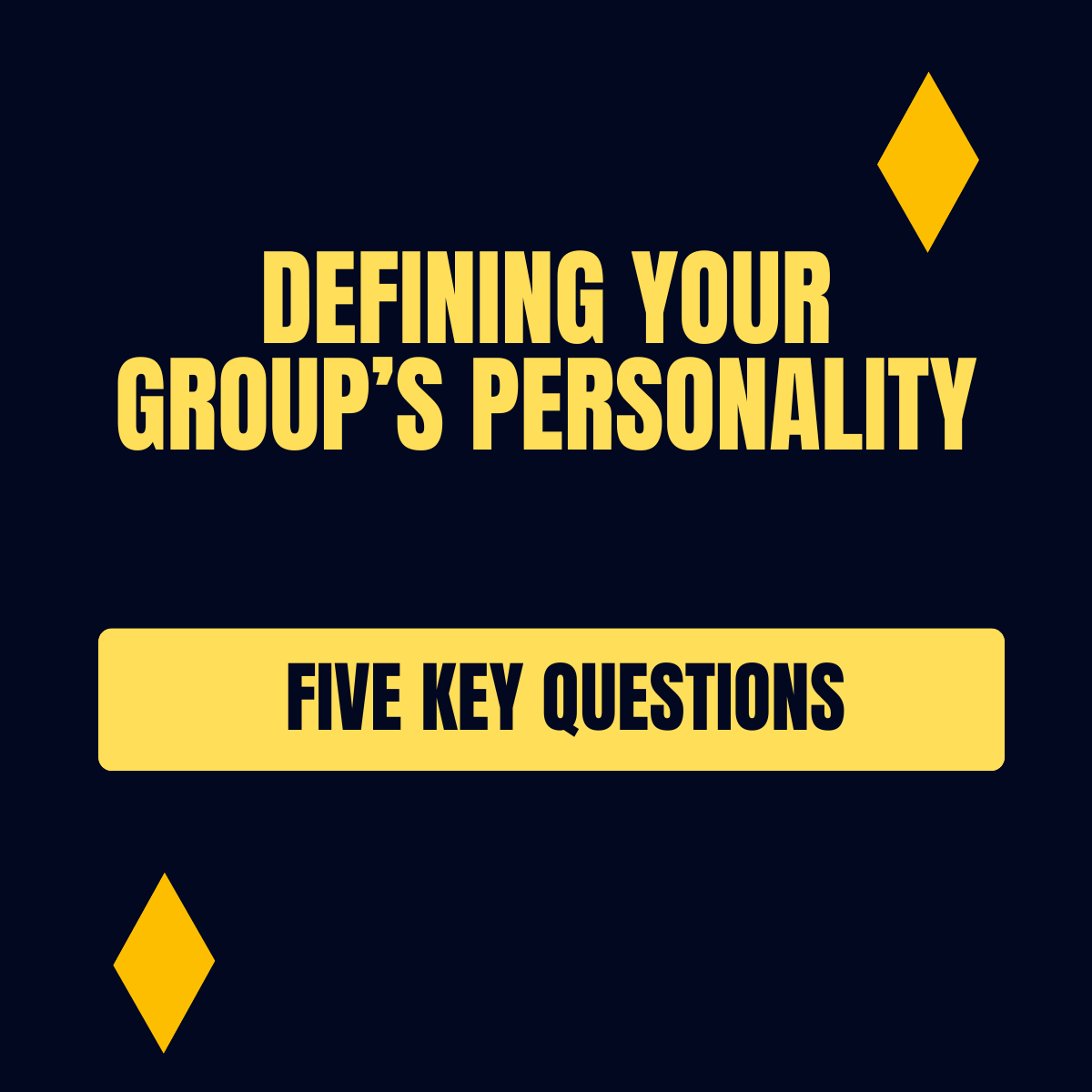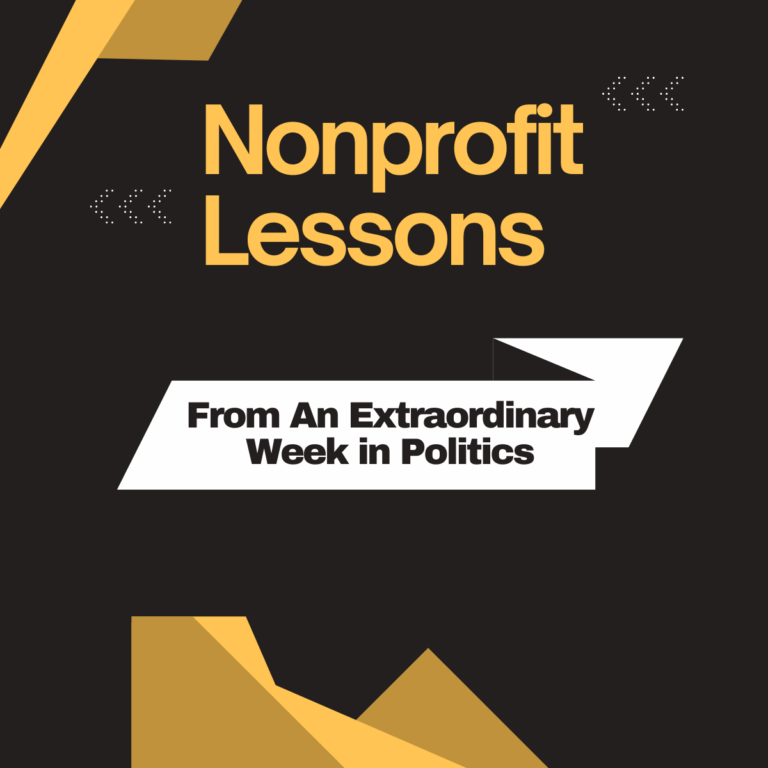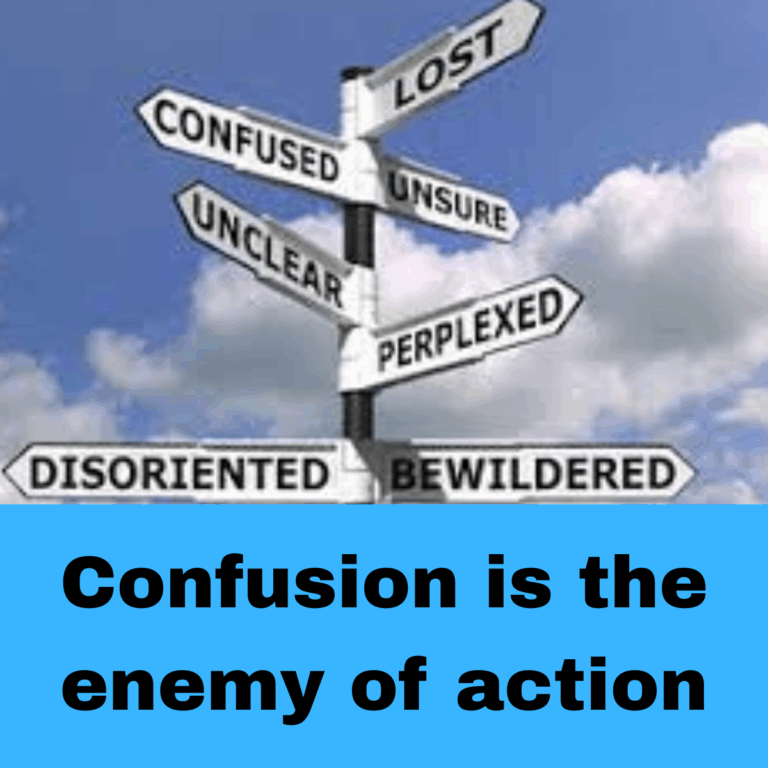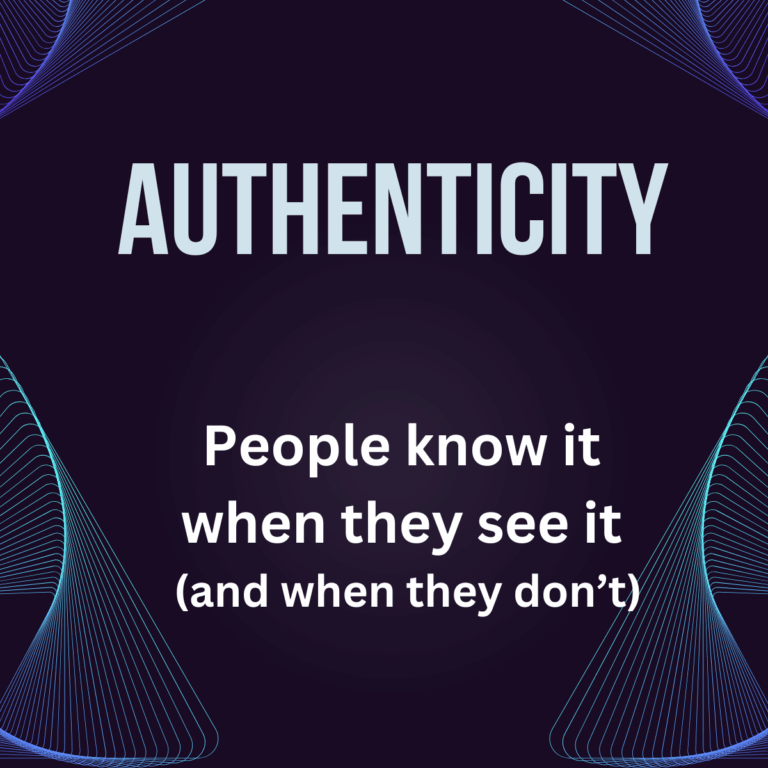Your Group’s Personality: Five Key Questions
Suppose we aligned nonprofits on a sliding scale. At one end: groups that convey a clear and engaging presence. At the other extreme: organizations that communicate without offering much of a clue about how they move through the world. Where would your organization fall along that continuum? How vivid and compelling a personality are you conveying to your audiences?
Your Group’s Personality: Why It Matters
People relate to organizations not just on the content of their work, but on the attitude and stance they bring to that work. Groups with clear personalities stand out from the pack and are easier to connect with emotionally.
You can try to get your case across without showing people who you are and how you navigate the world. But your odds of success will be severely diminished.
So, let’s examine five questions to help think through the personality of your organization or of the groups you work with.

Here’s a simple test, but a pretty reliable one. Groups with a clear personality can be well described with a couple of adjectives. The ACLU (tough and uncompromising). Doctors Without Borders (skilled and daring). St. Jude’s Research Hospital (compassionate and cutting-edge).
PETA (bold and activist). The Nature Conservancy (professional and impactful). Greenpeace (feisty and risk-taking). Union of Concerned Scientists (professional and well-respected).
If it’s not clear what adjectives capture your group’s personality, it’s time to solve that lack of clarity. You can’t communicate a personality you haven’t settled on.

If your key audiences have only a fuzzy sense of your group’s personality or if they see it markedly different than you do, that misalignment needs to be addressed. Because left unattended, it’s a disconnect that will come back to haunt you.
If I think I’m the life of the party and my friends see me as a boring wallflower, something has got to give. The same is true if you think your organization is a feisty challenger of the status quo and your audiences see it as low-key, “working within the system” player.
How can you get a fix on peoples’ sense of your personality? Focus group research where you can hear people discuss your group in their own words can help. One exercise I’ve found useful is naming a few groups and asking people to come up with a living or historical figure who captures each group’s spirit.
Hearing who people name – and especially listening to why they think that person fits can be quite revealing.

Of course, defining your group’s personality isn’t just a question of choosing one out of thin air because you think it will appeal to people. You have to be able to walk the walk.
The ACLU couldn’t be tough and uncompromising if it didn’t adopt a never back down, never accept half a loaf posture in its legal and legislative work. PETA wouldn’t stand out as bold and activist if the day-to-day work it did wasn’t any different from that of the ASPCA.
And if the Union of Concerned Scientists started making wild, unsubstantiated claims about climate change, it’s professional, serious-minded reputation would soon be out the window.

The strongest organizational personalities are those affirmed by what people see with their own eyes. We know Doctors Without Borders is willing to take risks to deliver medical care not just because they say so.
We know it because we’ve seen MSF medical teams put on protective suits to care for Ebola patients and work as long as possible in war zones like Gaza. Indeed, without being at least occasionally reinforced by outside validation, a clear organizational stance and personality are very difficult to sustain.
So, before your group tries to adopt a given personality, make sure its lived experience will back it up.

Now comes the challenge for comms staff, speechwriters, copywriters and designers. Once defined, a compelling personality can either be advanced or undermined by the words and images chosen by the group’s key communicators.
A caring and compassionate group speaks from a posture of love and understanding. A bold advocacy group tends to speak in declaratives and to avoid weasel words. An organization grounded in a professional identity doesn’t throw around reckless language.
And it’s not just about language. The designs and images an organization leans into should also align with the personality and emotional energy you’re seeking to convey.

Why is it important to pay attention to questions like those raised in this memo? Because a mismatch between who you are and how you communicate can be confusing for your audiences. And confusion is the enemy of action.
But when personality, voice, language and images are all pulling in the same direction, you’re on the path to persuasion.









